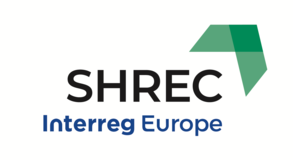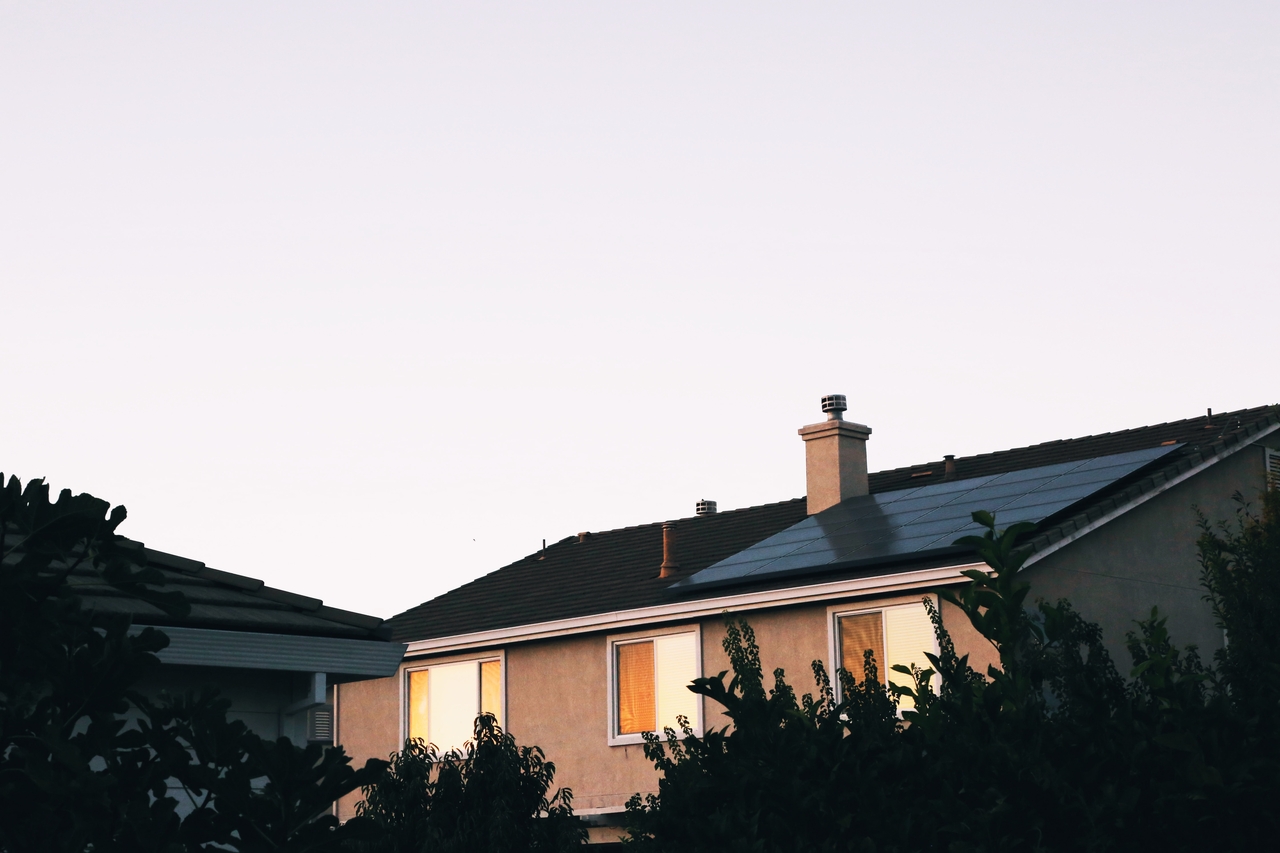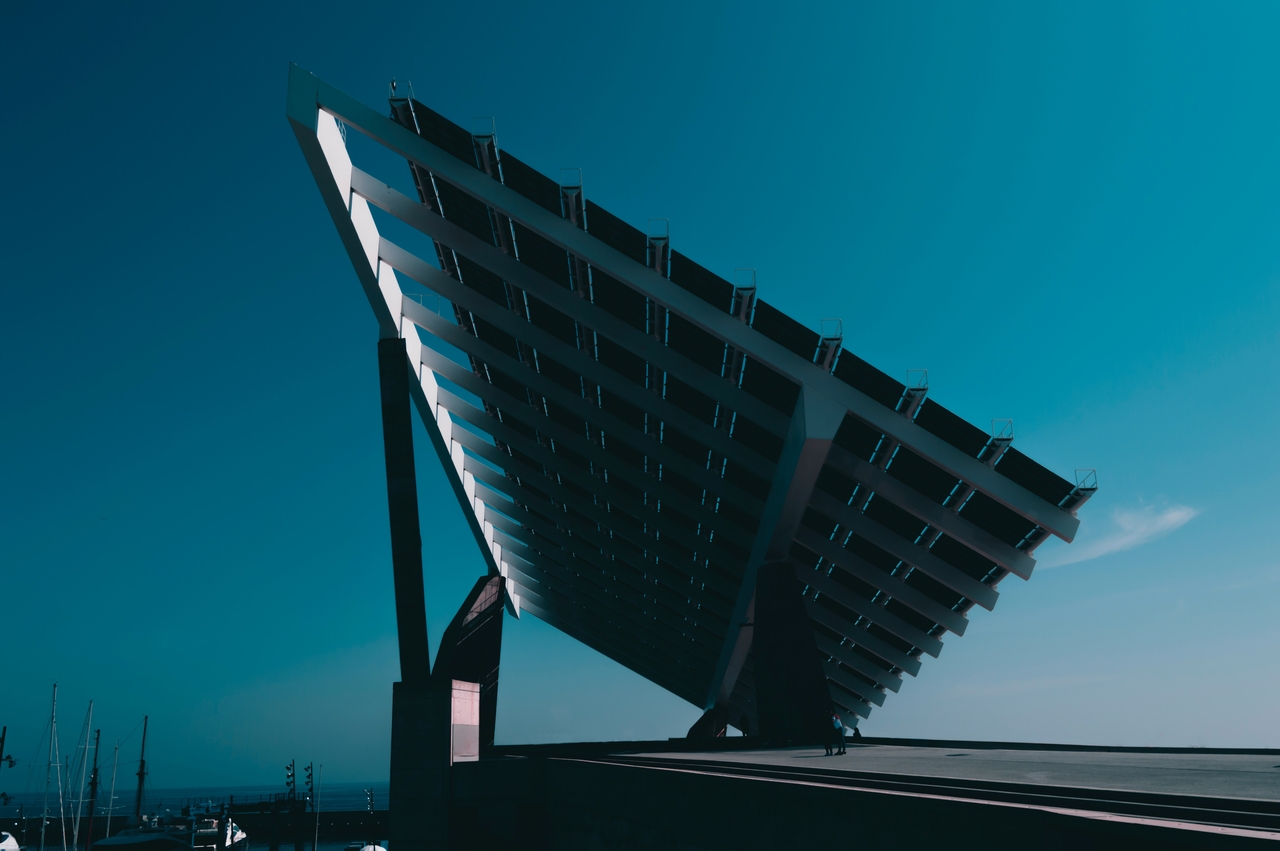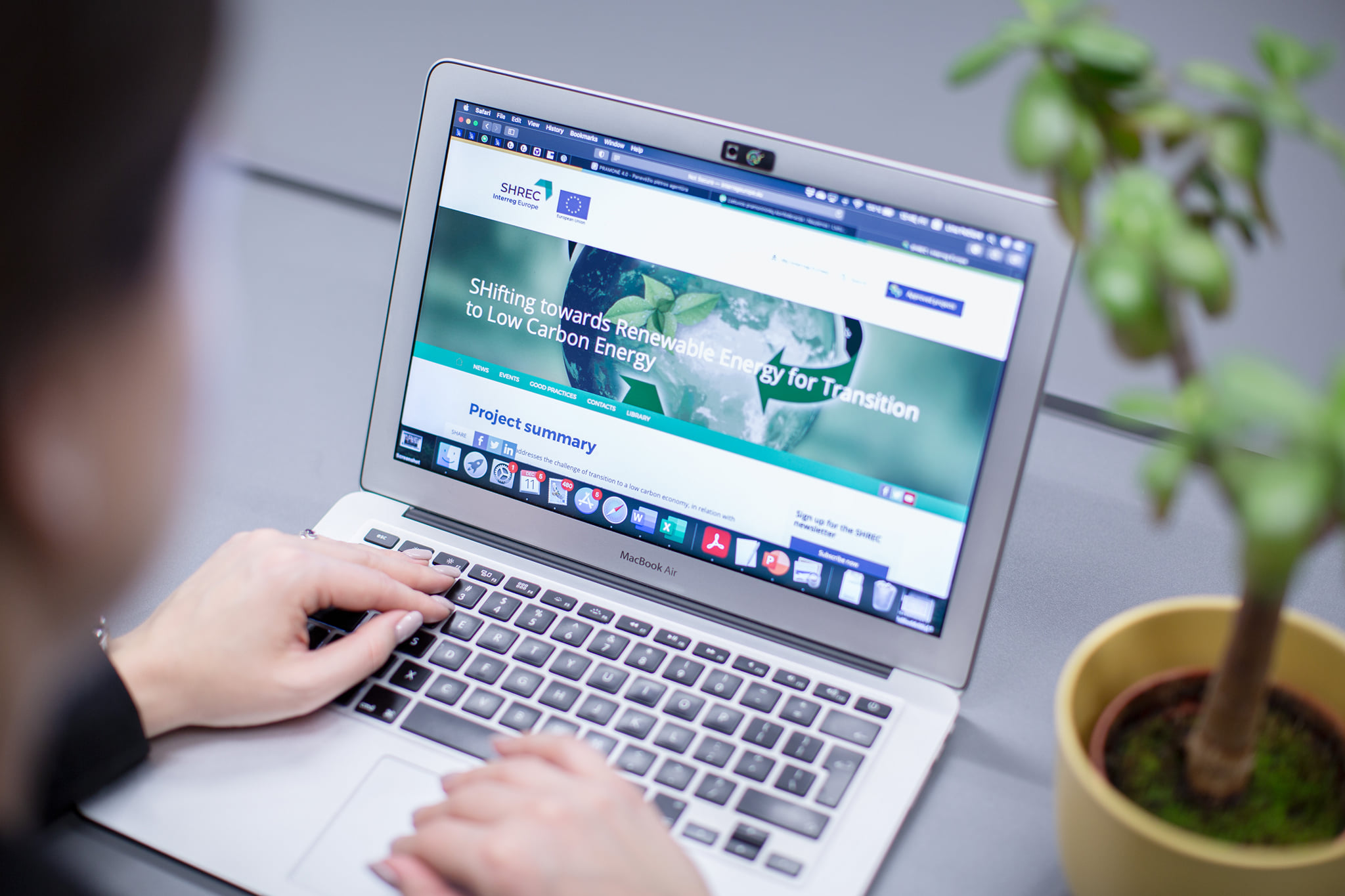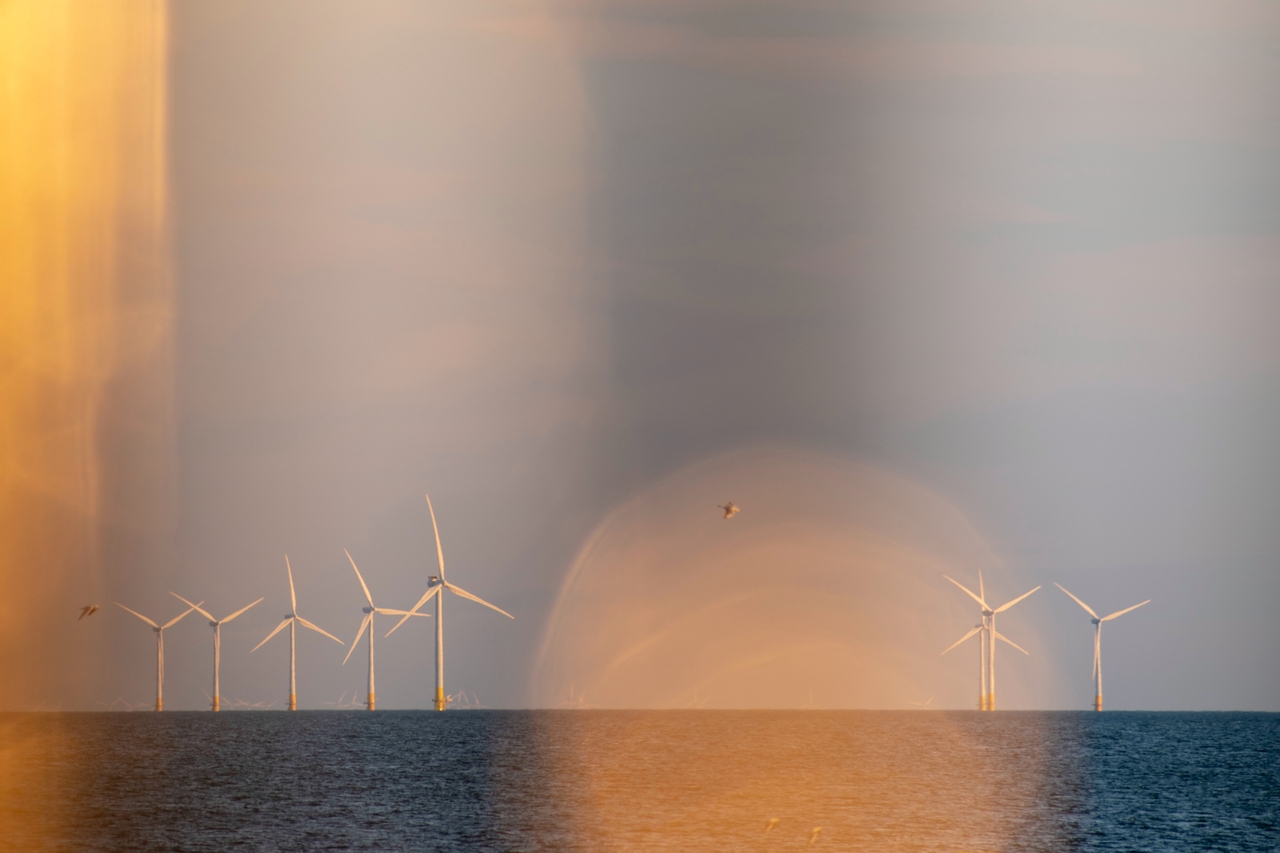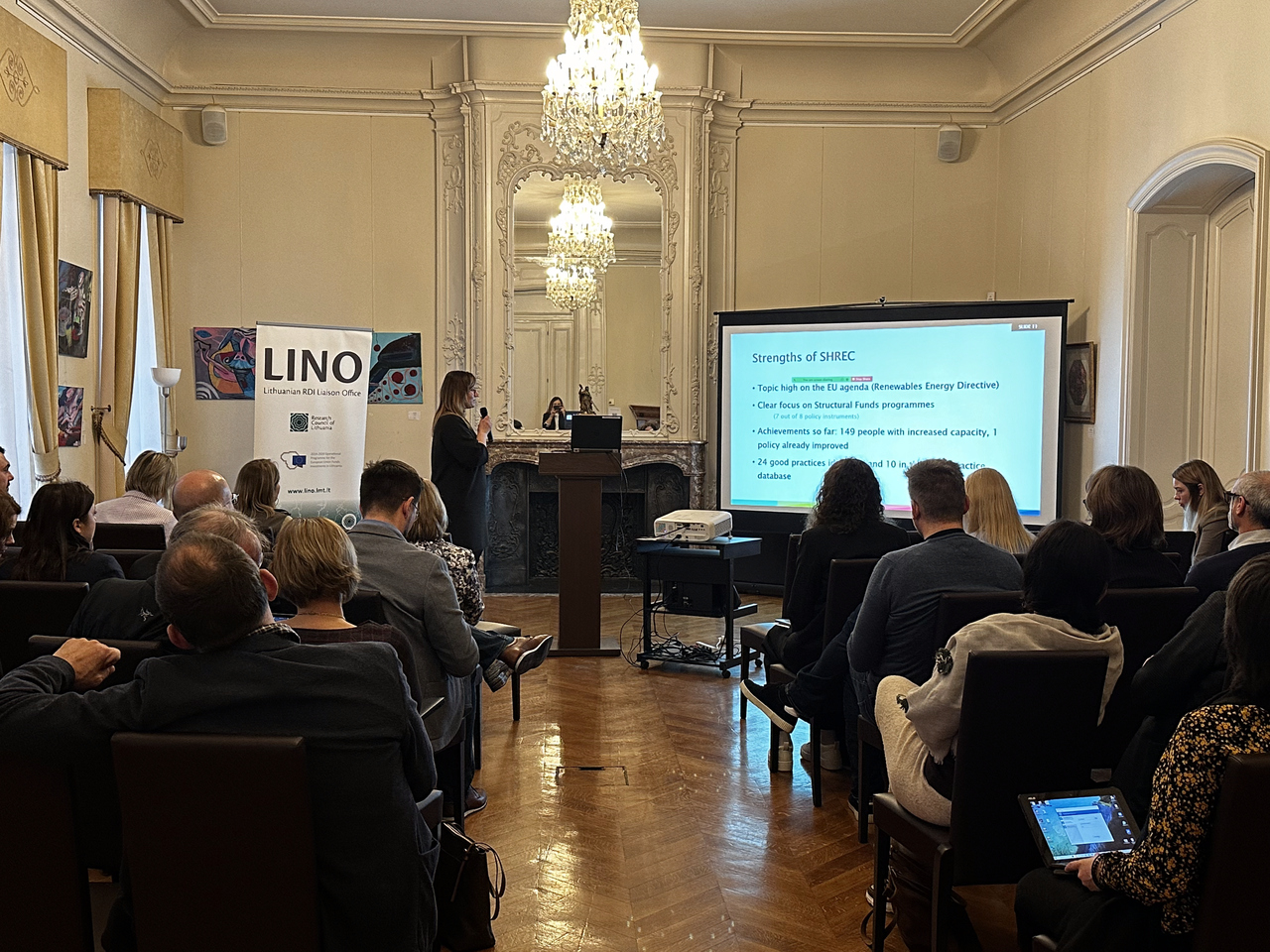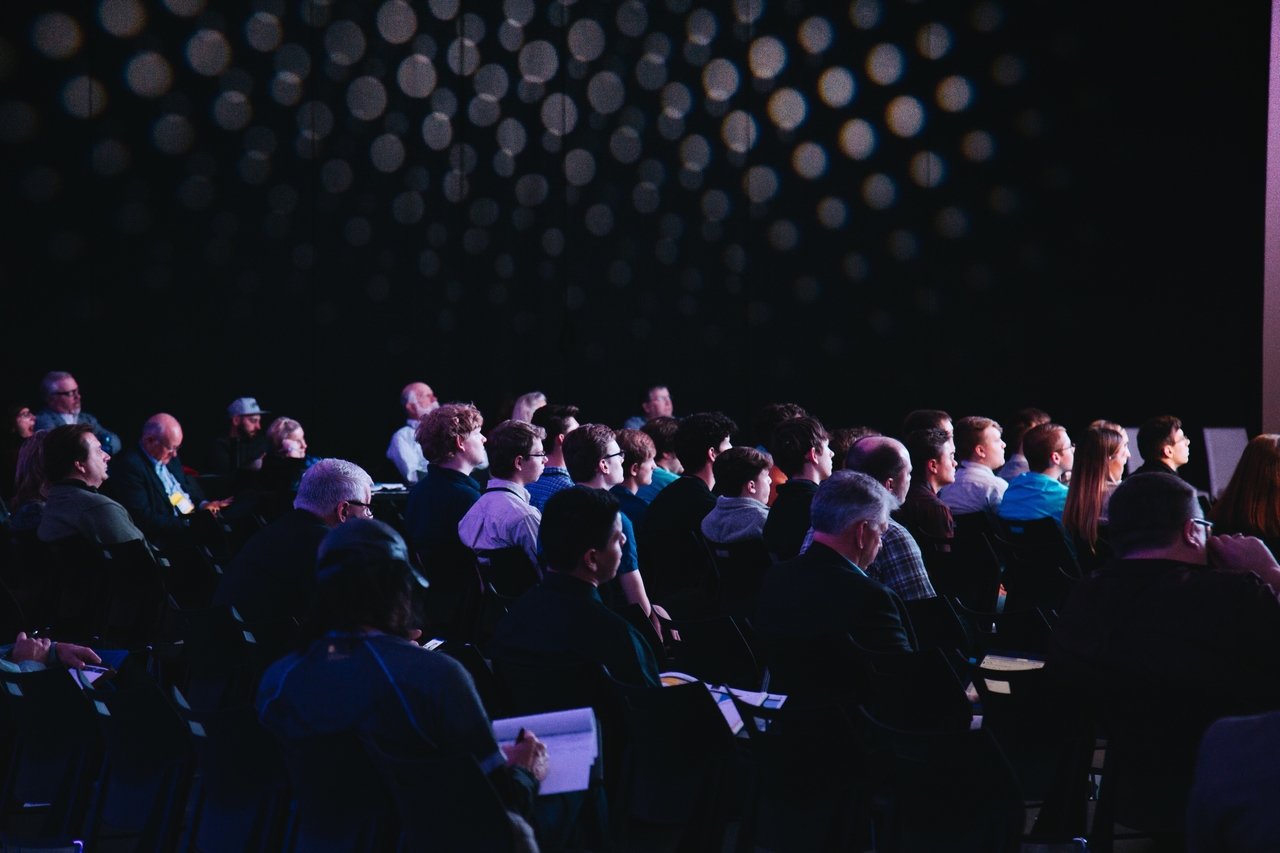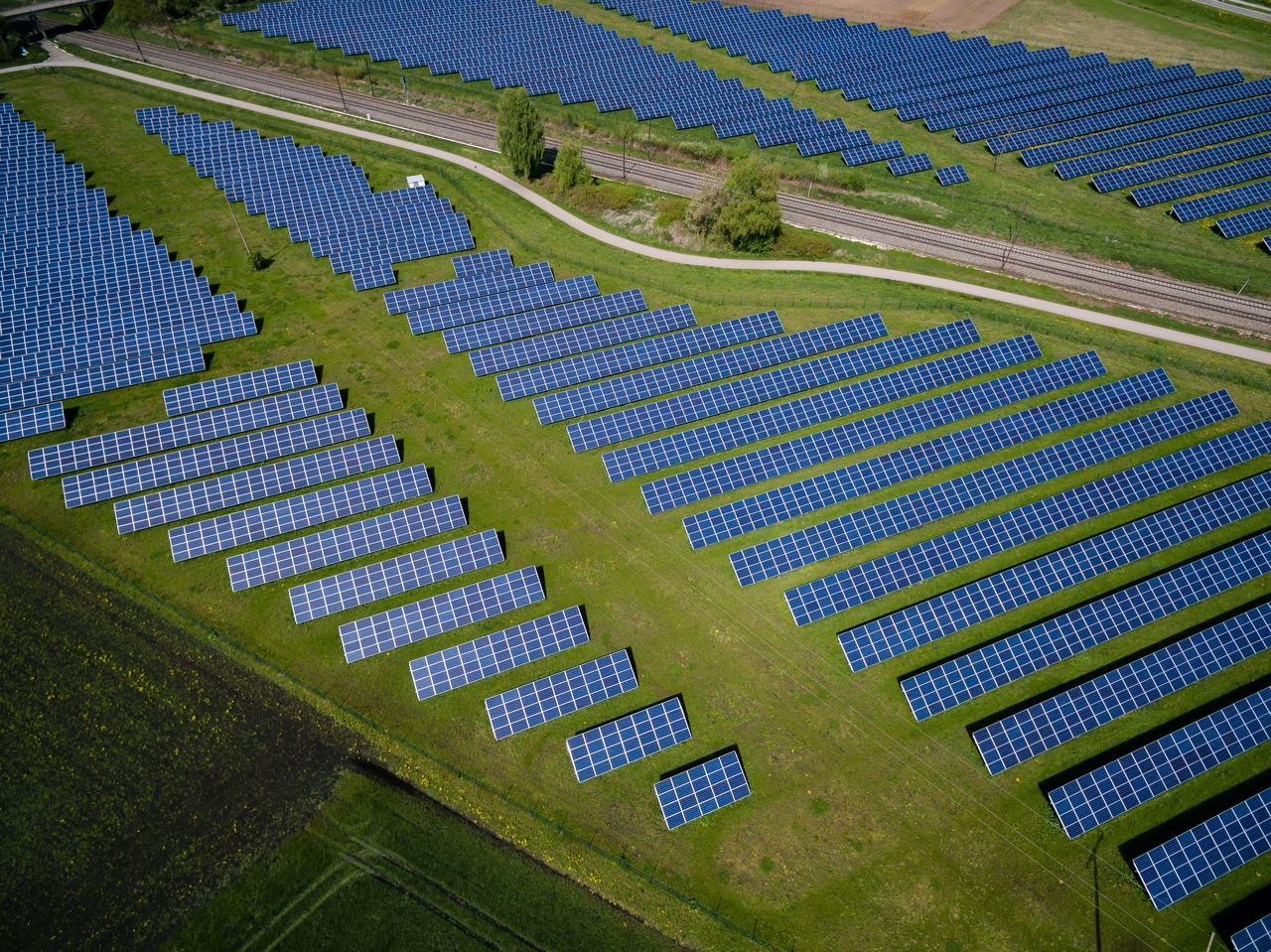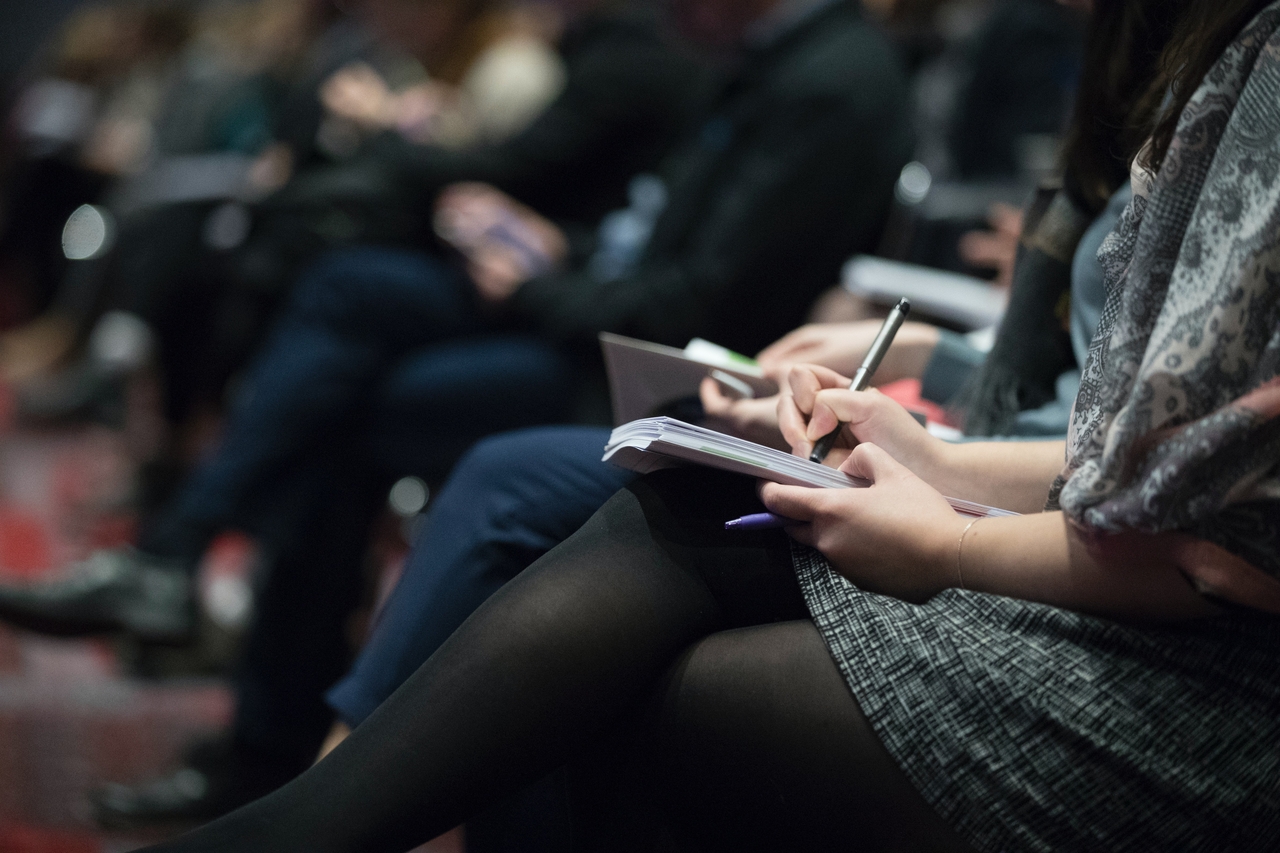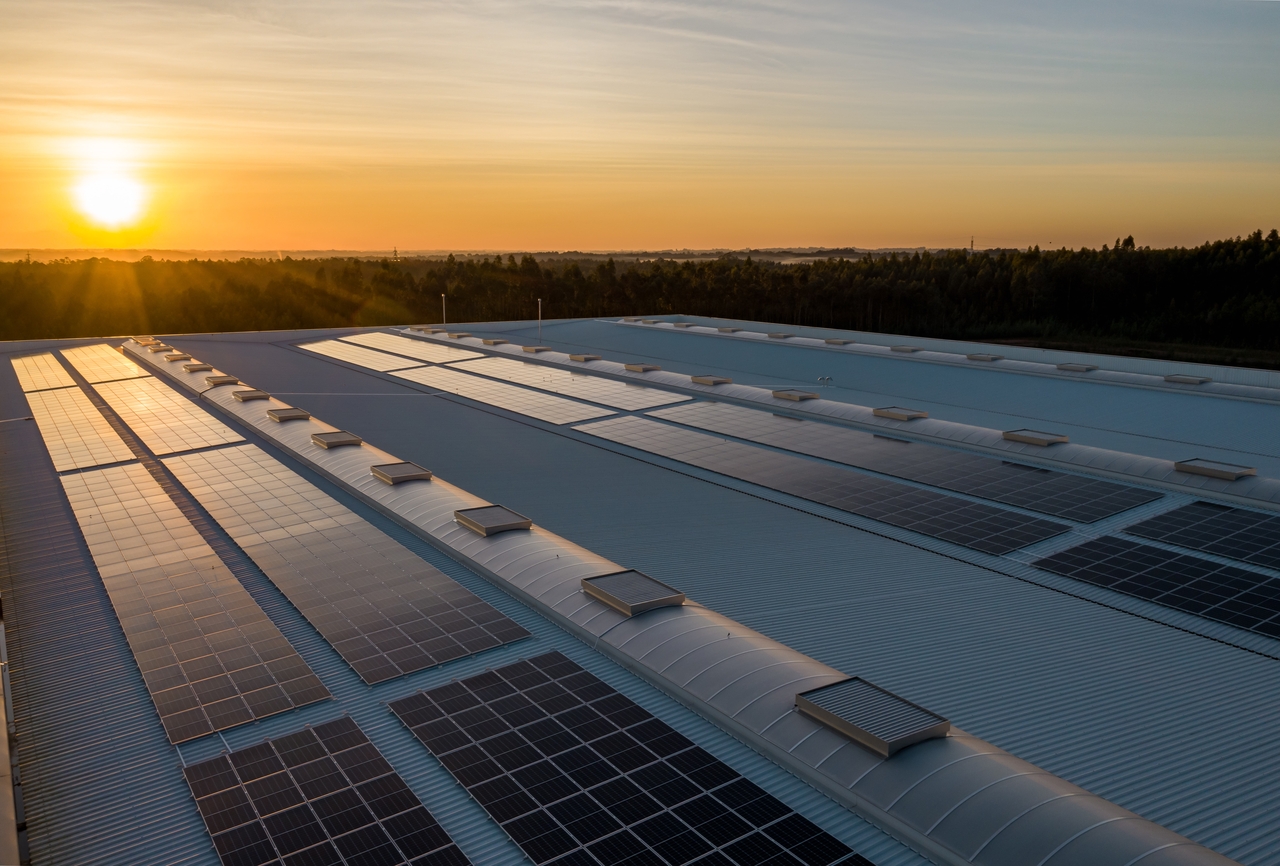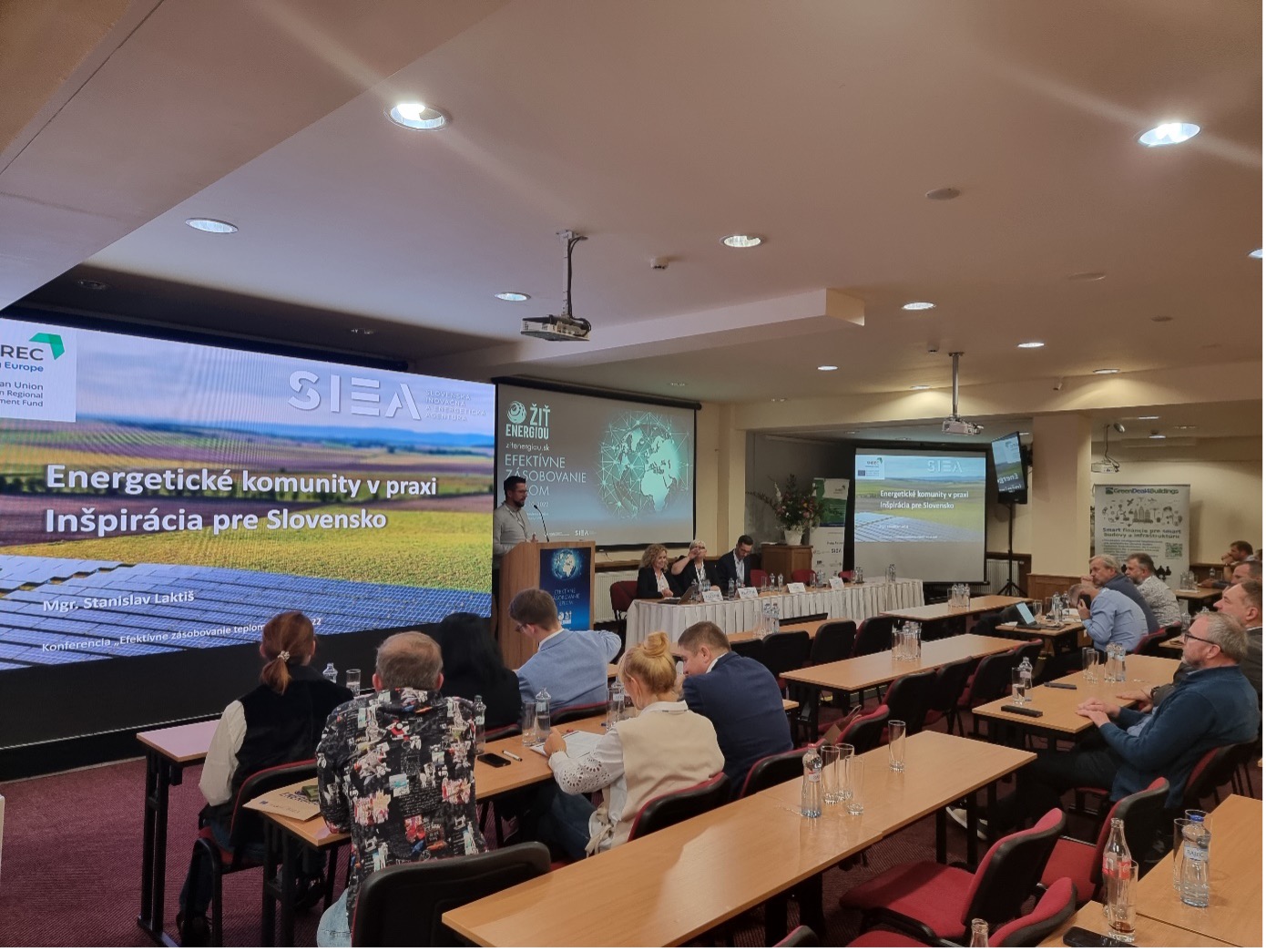After the last meeting in Mondragon (Spain), Auvergne-Rhône-Alpes Énergie Environnement (AURA-EE) had the pleasure to host SHREC partners in Lyon the 8th and 9th of June for a two-days-event centered around good practices in the field of renewable energies.
Twenty five partners and 6 stakeholders from 7 European countries took part in the visits and workshops proposed, forming a heterogeneous group which allowed for real exchange and sharing of knowledge among European regions. Sixteen speakers took the floor during the two days and covered a broad range of topics, varying from local energy communities and citizen associations to the eco-friendly solutions to produce green energy for ancient buildings as the XII century Benedictine convent that houses the Museum of Fine Arts situated in the heart of Lyon.
Renewable energy in the Lyon Metropolitan area
During the first morning, partners and stakeholders were hosted at the ALEC premises, Lyon’s local Climate and Energy Agency. The Director himself, Alex Dellong together with Lucas Venosino from the development team introduced their mission and how they carry out the energy transition at local level through, for instance, an eco-heating subsidy for the Lyon Metropolitan area. The agency has already supported 80 projects for a total production of 4300 MWh from renewable sources and they established the objective to increase it up to 9500 MWh by 2023. The Vice President of the Metropolis Philippe Guelpa-Bonaro (EELV), delegate for climate, energy and the reduction of advertisement, detailed the 2030 Guidelines of the PCAET of the Metropolis of Lyon which consists of a 2200 GWh increase of renewable energy production and an objective of 17% of renewable energy consumption on the territory by 2030. Pierre Magdinier from Toits en Transition presented the main mission of his non-profit organization: to allow inhabitants from the Metropolis of Lyon to take part in an economical model destined to foster the development of renewable energies, namely through the installation of solar panels. The association financed and carried out five photovoltaic installation projects in 2022, two of which will be finalized by the end of the year (sites between 36 and 100 kWp). At the end of the morning, Timothée Romier presented the CoopaWatt association. They develop local energy communities by managing and supporting local participatory initiatives in order to make territories more resilient.
The afternoon followed with 3 site visits around Lyon’s city center, showcasing the initiatives which promote the use of renewable energies in an urban context. The first visit led the partners to a modern residential building situated in an old industrial neighborhood, turned into a residential area where solar panels were installed to produce domestic hot water. The system is connected to the grid in case of a back-up solution if the production isn’t sufficient for the building’s needs.
Lyon geothermal power plants
For the next stop, participants were welcomed in Grand Hôtel-Dieu, a UNESCO World Heritage historical building situated on the west bank of the Rhône river - dating back to medieval times and with great cultural significance for the city. Here, Edouard Tissier, project manager at Antea Group, brought to the attention of the visitors the geographical conformation and challenges that Lyon city had to face when rethinking the restructuring of the old center with clean energy sources, such as the high flood risk in this area. The groundwater geothermal exploitation project provides 100% of the air conditioning and heating needs of the 22,547 m2 building (production of 4,300 MW/year in heating and 3,200 MW/year in cooling). The device takes water from underground and discharges it into the Rhône river via the buried network to limit the use of the Grand Lyon sanitation network, which is already in high demand. Four boreholes 20 meters deep were planned for this purpose.
Furthermore, Edouard Tissier accompanied the participants to the final visit which took place in the Fine Arts Museum. These visits allowed participants to understand the role that clean geothermal power plants can play in the heating and cooling of buildings with specific needs, such as those containing vast collections of works of art. For this building, two-25m-boreholes draw water from the Rhône river water table. Heating and cooling is therefore provided by 4 ground source heat pumps.
The geothermal installations provided by the City of Lyon for the heating and air conditioning of the premises of the Grand Hôtel Dieu and the Museum of Fine Arts constitute a project in line with the objectives of the Regional Plan Climat Air Energie project which sought to increase the share of renewable energy up to 23% of the final energy consumed before 2020.
Read more here: https://bit.ly/3OLhmO4
Photo gallery: https://bit.ly/3QSMOvG
